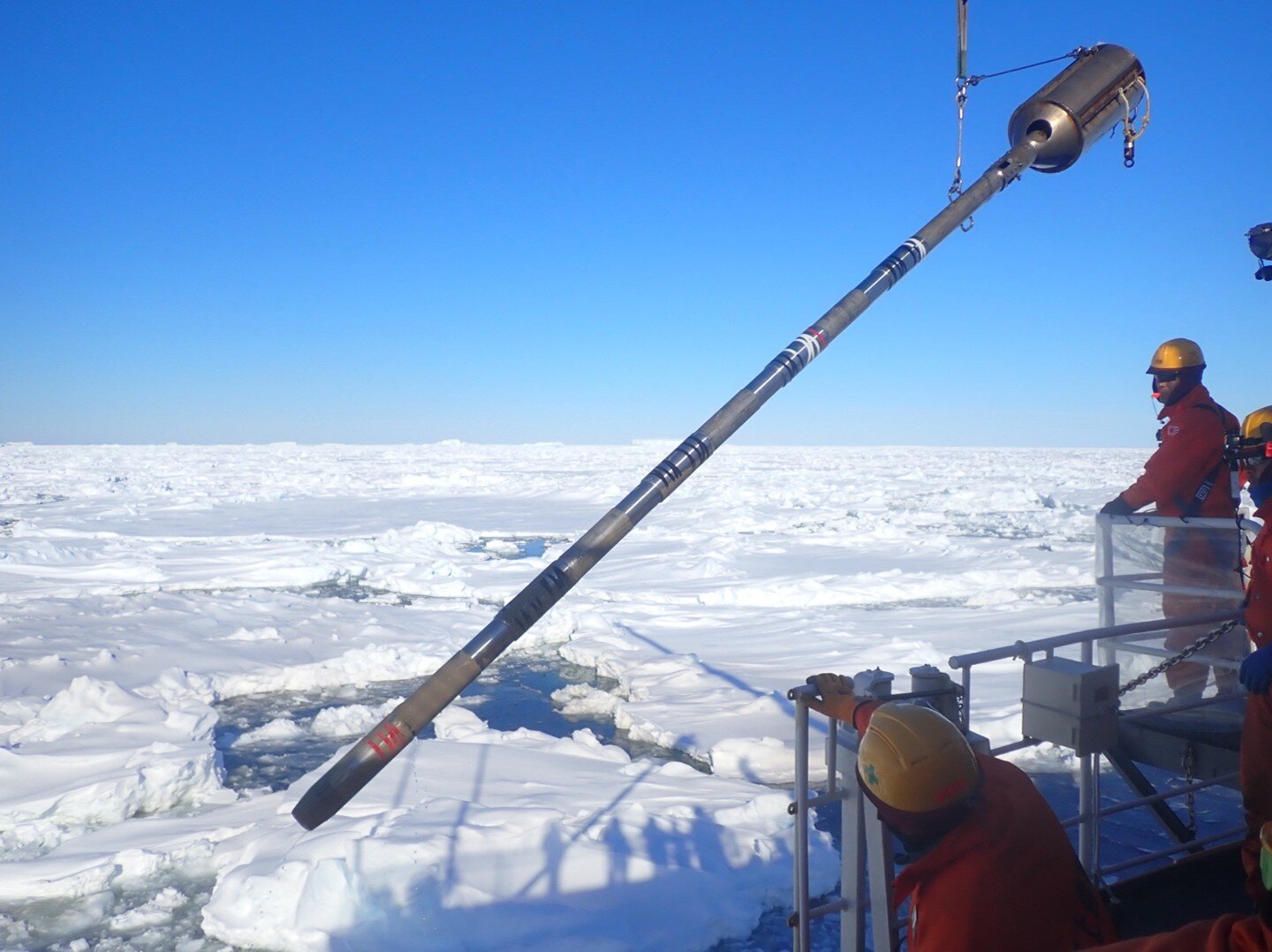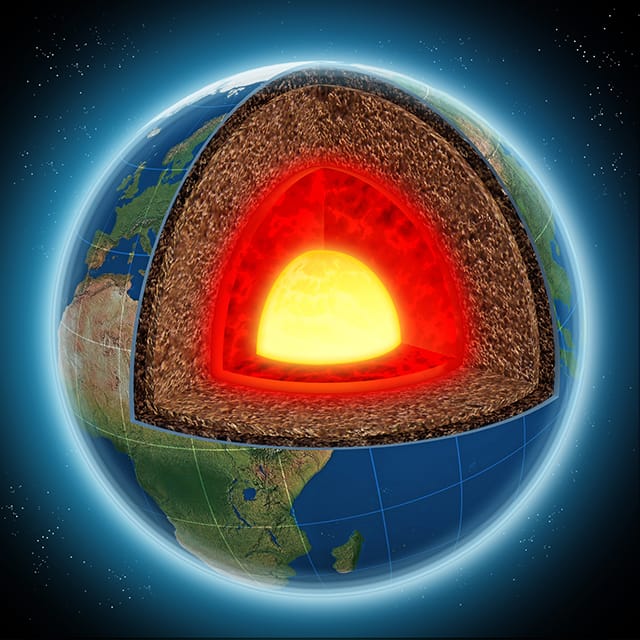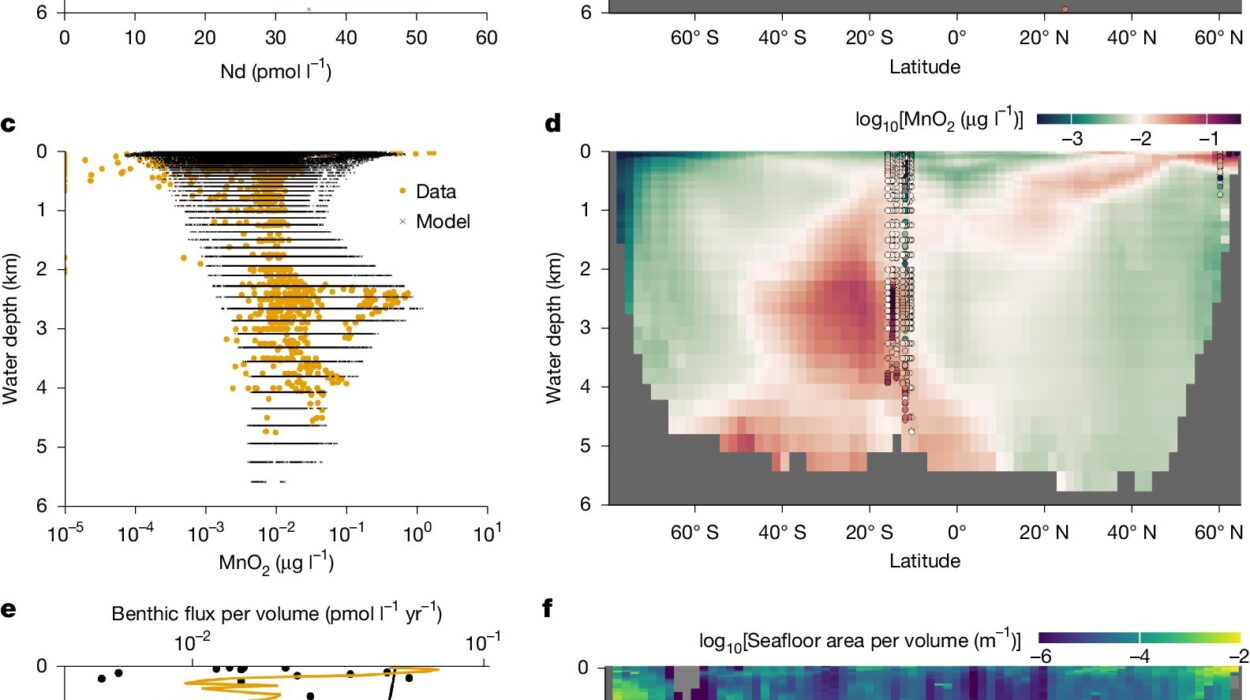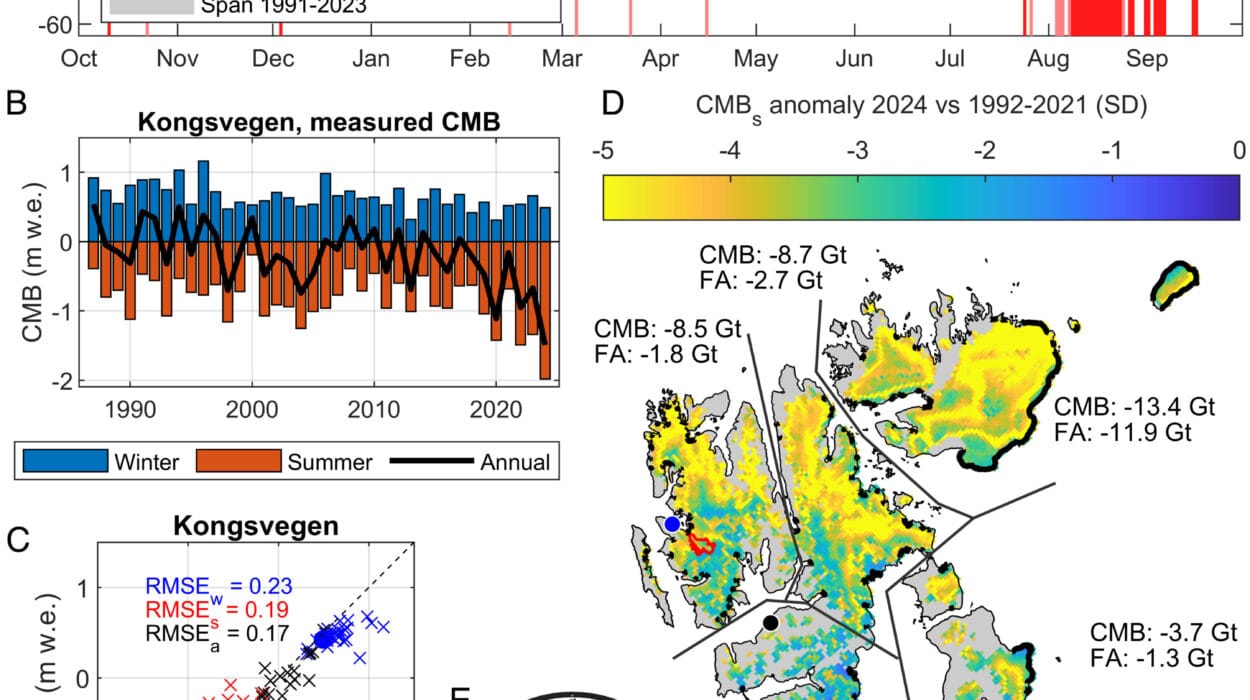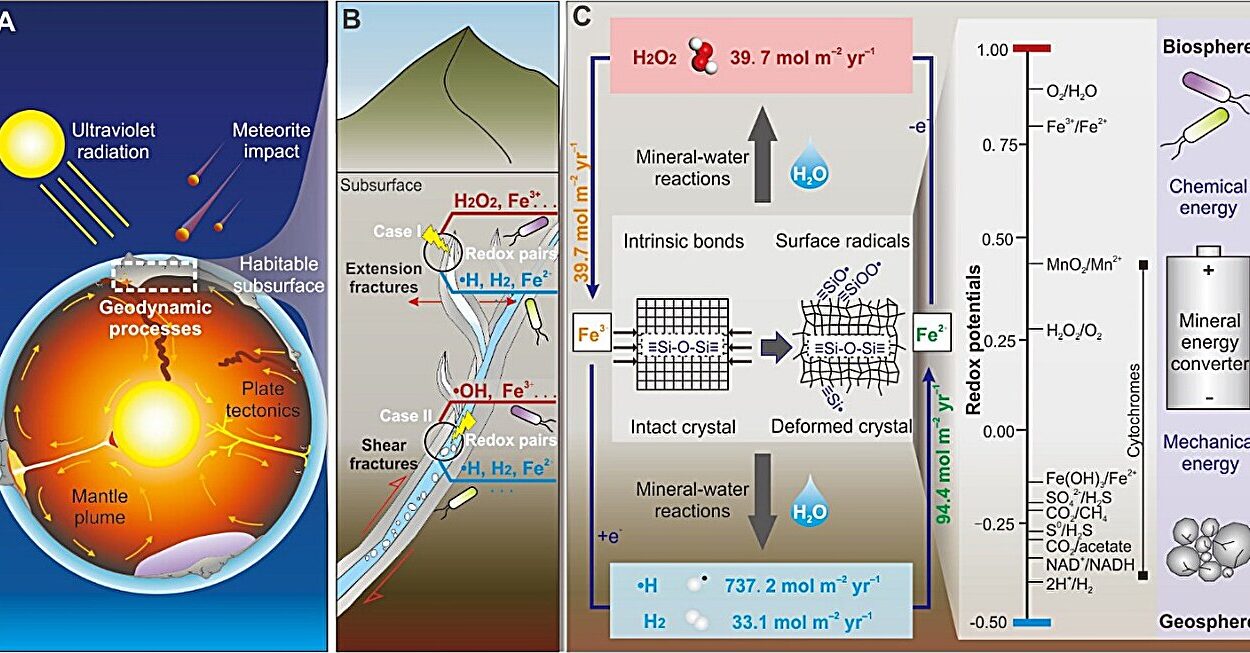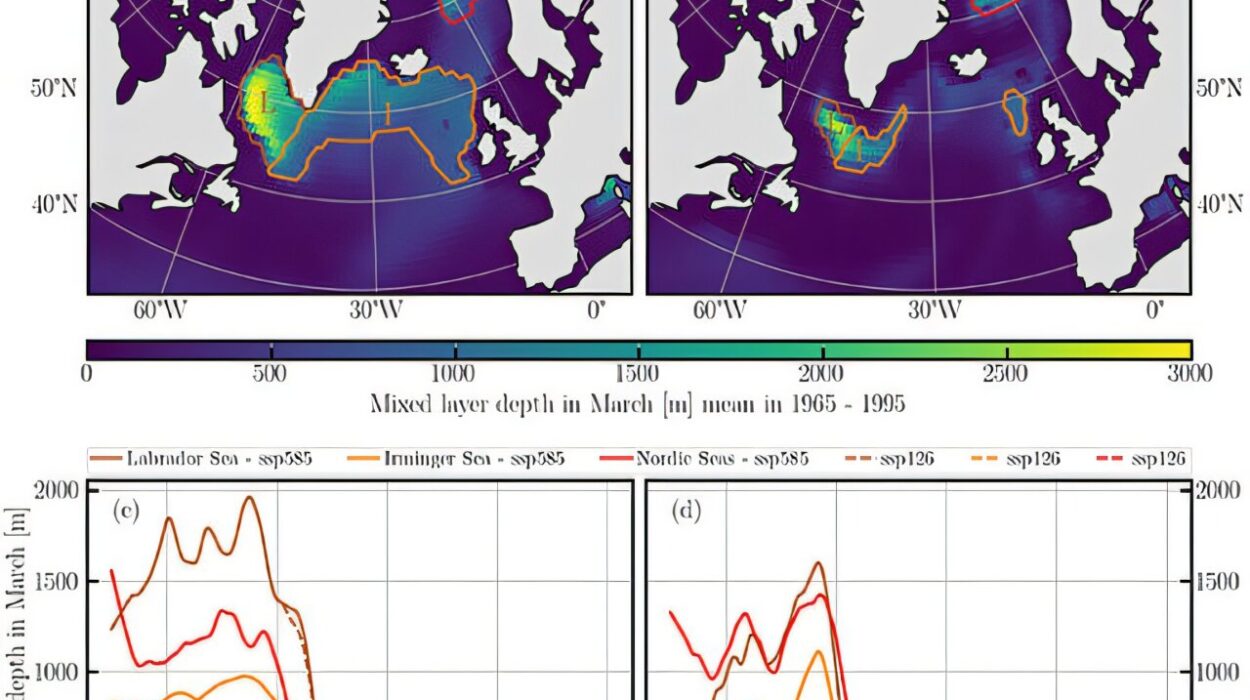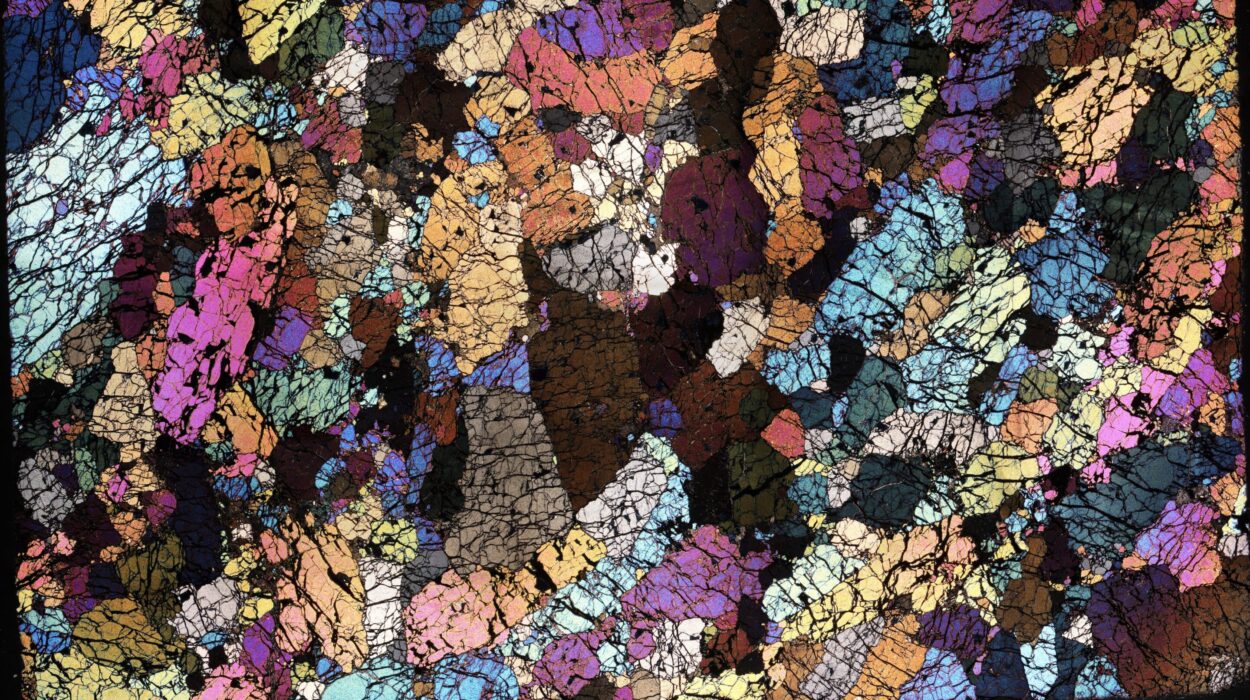Nine thousand years ago, deep in the frozen expanse of East Antarctica, a silent drama unfolded—one that would ripple across millennia. The vast East Antarctic Ice Sheet, a frozen fortress holding more than half of the world’s freshwater, began to retreat. It wasn’t a slow, quiet melt. It was a powerful, self-reinforcing cascade—a feedback loop between the ocean and the ice that set in motion a transformation across the southernmost reaches of the planet.
A team of scientists led by Professor Yusuke Suganuma of Japan’s National Institute of Polar Research (NIPR) and the Graduate University for Advanced Studies (SOKENDAI) has now revealed how that ancient melting event happened—and why it matters today. Their findings, published in Nature Geoscience, tell a story that is both scientifically remarkable and deeply sobering. It’s a reminder that Earth’s frozen giants are not just passive victims of climate change—they are dynamic, interconnected systems capable of reshaping the world.
The Hidden Feedback Beneath the Waves
At the heart of the discovery lies a complex relationship between the ocean and the ice. The researchers found that the inflow of warm deep water into East Antarctica’s coastal seas about 9,000 years ago triggered a chain reaction. As this relatively warm water reached the base of floating ice shelves, it began to melt them from below. These ice shelves, once thick and sturdy, acted like supports holding back the inland glaciers. When they weakened and collapsed, the massive land ice behind them surged toward the sea.
But that was only the beginning. As more ice entered the ocean and melted, it released vast quantities of freshwater. This freshwater changed the ocean’s structure, making the surface layers less dense and more stable. That stability prevented colder surface waters from mixing downward, allowing even more warm deep water to creep onto the continental shelf. More warmth led to more melting, which led to more freshwater—and the cycle repeated.
This was not a simple sequence of cause and effect. It was a cascading positive feedback—a process where one change amplifies another, creating a self-sustaining loop. In this case, the melting of one region fueled the melting of others, spreading the retreat like a slow-moving but unstoppable wave across Antarctica’s icy coastline.
The Science Hidden in Sediment
To uncover this ancient story, the research team turned to the seafloor near Lützow-Holm Bay, a remote area of East Antarctica near Japan’s Syowa Station. Over decades of Antarctic expeditions, scientists collected sediment cores from this bay—long cylinders of mud and sand that record the passage of time like pages in a diary.

Within these cores, the team found clues written in microscopic fossils, grains of sediment, and chemical signatures. One of their most powerful tools was the measurement of beryllium isotope ratios (specifically, ¹⁰Be/⁹Be). These isotopes act as timekeepers, recording how long rocks and sediments have been exposed to the atmosphere or buried beneath the sea. By studying these ratios, scientists reconstructed how the ice advanced and retreated over thousands of years.
Their findings revealed that around 9,000 years ago, a surge of warm Circumpolar Deep Water (CDW) reached Lützow-Holm Bay. This intrusion of deep, salty water from the surrounding Southern Ocean corresponded exactly with signs of rapid ice-shelf collapse and glacier retreat. The geological record, it seemed, had captured the moment when East Antarctica began to lose its icy grip.
Modeling the Mechanism of Melting
While the sediments told one part of the story, computer simulations revealed the rest. Using advanced climate and ocean models, the team explored how warm water could have reached the East Antarctic coast in the first place.
The simulations showed that the process likely began far from Lützow-Holm Bay. As ice melted in other parts of Antarctica—such as the Ross Ice Shelf—large volumes of freshwater poured into the Southern Ocean. This fresh layer spread across the surface, reducing the vertical mixing that normally brings cold water from above down to deeper layers. The suppression of this mixing allowed warm, dense deep water to flow upward and inward, toward Antarctica’s submerged continental shelves.
Once that warm water reached the ice, it began to melt it from below. The resulting freshwater reinforced the stratification, locking in the feedback loop. What started as a local melt became a continent-wide transformation.
Professor Suganuma and his colleagues call this a cascading positive feedback system—a mechanism capable of linking distant parts of the Antarctic ice sheet through the ocean itself. In essence, melting in one region can set off a chain reaction, triggering more melting elsewhere.
Lessons Written in Ancient Ice
The significance of this discovery extends far beyond ancient history. Though the events occurred in the early Holocene epoch—a time when Earth’s climate was naturally warmer following the last ice age—the same mechanisms could be operating today.
Modern observations have shown that parts of the West Antarctic Ice Sheet, including the Thwaites and Pine Island glaciers, are retreating rapidly under the influence of warm deep water. These glaciers have already earned ominous nicknames such as “the Doomsday Glacier” because of their potential to raise global sea levels. If similar feedbacks to those observed 9,000 years ago begin to operate again, today’s localized melting could spread across multiple Antarctic regions, amplifying the total ice loss dramatically.
The implications are enormous. Even a modest acceleration in Antarctic ice melt could raise global sea levels by tens of centimeters within centuries—enough to reshape coastlines, flood cities, and displace millions of people. The lesson from the past is clear: once these feedback loops begin, they can be extremely difficult, if not impossible, to stop.
The Power of Collaboration
The study itself is a testament to the power of collaboration in modern science. More than 30 research institutions contributed to the work, including the National Institute of Polar Research (NIPR), the Geological Survey of Japan (AIST), the Japan Agency for Marine–Earth Science and Technology (JAMSTEC), and several universities across Japan and beyond—from the University of Tokyo to Kochi and Hokkaido Universities.
International partners from New Zealand, Spain, and other nations added expertise in glaciology, oceanography, and geochemistry. Together, these scientists combined fieldwork, laboratory analysis, and high-resolution modeling to reconstruct a picture of the ice–ocean system with unprecedented clarity.
The data came not just from one expedition, but from decades of Japanese Antarctic Research Expeditions (JARE), including samples collected from the icebreaker Shirase. It was the persistence of generations of scientists, braving some of the harshest conditions on Earth, that allowed this discovery to surface at last.
A Message Echoing Through Time
Professor Suganuma emphasizes that these findings are not just a matter of scientific curiosity—they are a warning. “This study provides essential data and modeling evidence that will facilitate more accurate predictions of future Antarctic ice-sheet behavior,” he explains. “The cascading feedbacks identified in this study serve to underscore the notion that minor regional alterations can potentially engender global ramifications.”
His words resonate deeply in a world now confronting accelerating climate change. What happened in East Antarctica nine thousand years ago was triggered by natural warming, yet the physical mechanisms remain the same. Today, human-driven greenhouse gas emissions are rapidly heating the atmosphere and the oceans, potentially setting off the same feedbacks that once reshaped the Antarctic coastline.
The story of the East Antarctic Ice Sheet is, ultimately, a story about connection. The connection between ice and water, between cause and effect, between past and future. It reminds us that the planet operates as one vast, interlinked system—where a change in one region can echo across oceans and centuries.
The Fragile Balance of the Future
Understanding these ancient processes gives scientists a crucial window into what may lie ahead. Predicting how the Antarctic ice sheet will respond to ongoing warming is among the most pressing challenges in climate science. Studies like this one bring us closer to that goal by revealing how feedbacks, ocean circulation, and ice dynamics interact over time.
It’s a delicate balance. The same processes that once unfolded naturally over thousands of years could now accelerate within decades due to human influence. If the self-reinforcing feedbacks seen in the past awaken once more, their effects could be irreversible for generations to come.
Yet there is also hope in knowledge. The more we understand these mechanisms, the better equipped we are to anticipate their impacts—and to act before thresholds are crossed. Science gives humanity the power to foresee, and foresight is the first step toward prevention.
The Ocean’s Memory
The Southern Ocean still remembers. Beneath its dark, cold waters, the currents that once melted ancient ice still flow, carrying the lessons of history within them. The seafloor sediments that revealed this story are more than relics—they are warnings written in the language of chemistry and time.
To listen to that message is to recognize our place in the same global system that governs the tides, the winds, and the ice. We are not outside observers; we are participants. What we do to the atmosphere, to the oceans, to the climate, echoes back upon us in ways both subtle and profound.
The story of East Antarctica’s ancient collapse is not just about the past. It is about our present choices, and the kind of future we are shaping. The ice, it seems, still has much to say—if we are willing to listen.
More information: Antarctic ice-shelf collapse in Holocene driven by meltwater release feedbacks, Nature Geoscience (2025). DOI: 10.1038/s41561-025-01829-7.
